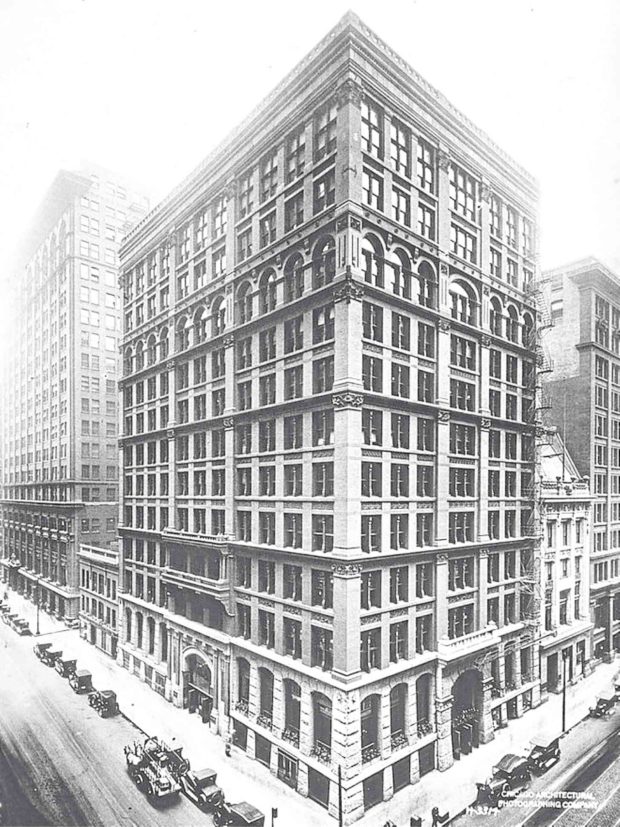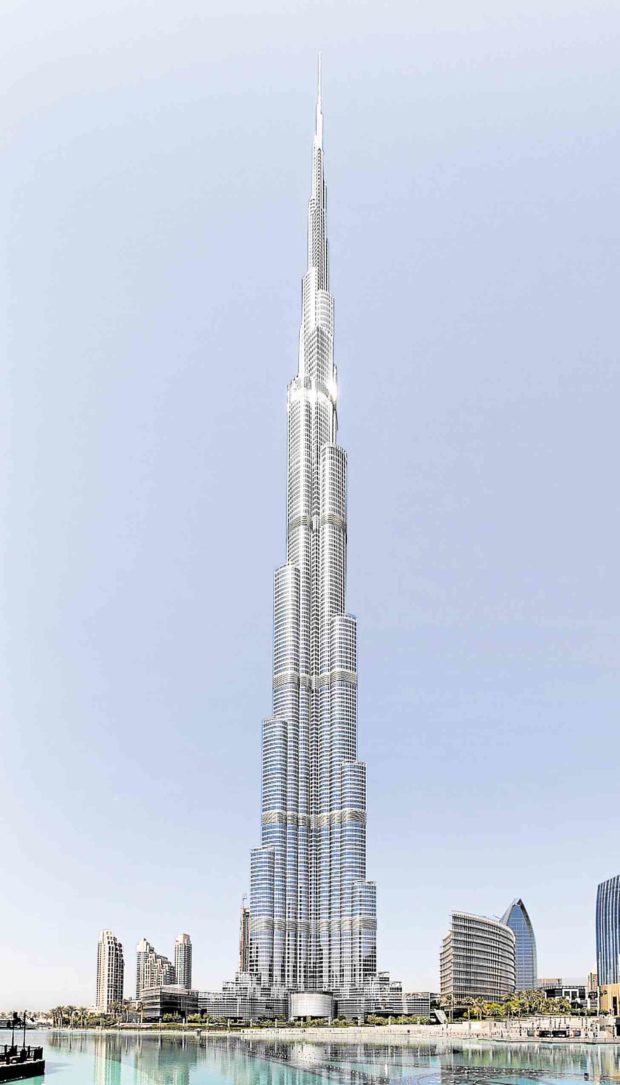Do you ever wonder how tall buildings came to be built? While the sight of manmade structures towering over the ground is pretty common nowadays, it took decades of research and innovation for us to come up with multi-storey wonders.
Even with the varied technology available to us, people are still looking for new ways to live closer to the clouds and the stars. Let us take a look at how skyscrapers came to defy the odds and how they continue to change the world’s skylines.

The Home Insurance Building of Chicago was the first structure to be called a skyscraper even with its 10-story height.
The beginning
Once upon a time, the idea of towering, multi-storey structures was just an engineer’s fantasy. Buildings went high as much as the human feet could go walking up the stairs. Steel had cost an arm and a leg, and the thought of using stone to build tall structures required columns so thick that they seemed too impractical.
Yet, when Sir Henry Bessemer, an English inventor, found a way to mass-produce steel, the dream became a possibility. Coupled with the introduction of an elevator safe for human use by Elisha Otis, people started thinking of ways to build tall.
The first skyscraper was built around 1884-1885 using the combined technology of steel and elevators. At 10 stories high, Chicago’s Home Insurance Building is small by today’s standards, yet at the time of its construction, it was an engineering marvel. It pioneered the use of a steel frame structure and was the first building to be dubbed a skyscraper. It opened the doors to high-rise construction.
Soon after, the Rand McNally Building and the Wainwright Building followed suit with their own innovations.
One after another, new structures were built, taller than ever before. Suddenly, the race to build the highest building in the world was on.
Innovators
In 1931, New York City unveiled one of the most iconic structures in the field of architecture: the Empire State Building. Featuring Art Deco ornamentation, the structure was designed by the Firm of Shreve, Lamb and Harmon and took a mere 410 days to complete.
It was the first building in the world to contain more than 100 floors. Also known as the building that King Kong scaled in a Hollywood movie, this building served both as a cinematic and engineering feat that held the record for the tallest building in the world until 1972.
The Empire State Building was toppled from its reign by the World Trade Center Twin Towers. Built within New York as well, the Twin Towers stood at 417 meters and 415.1 meters. The Tower 1 became the tallest structure of its time, followed immediately by Tower 2. These structures served as iconic representation of the financial success of America until both were tragically attacked by terrorists in 2011.
American buildings were then challenged by structures in other progressive countries. In 1998, the Petronas Twin Towers in Kuala Lumpur, Malaysia claimed the title, with heights reaching 451.90 meters.
The Twin Towers were only tallest in the world for a short while, as a Taiwanese structure called Taipei 101 seized the title in 2004. Besides being the tallest skyscraper during its time, Taipei 101 was also hailed for pioneering sustainability in high-rise buildings. It has a Platinum LEED rating and is still considered the tallest green building in the world.
Later on, Middle Eastern Countries joined the race.
As of this writing, the Burj Khalifa of Dubai, United Arab Emirates (UAE) has held the throne for 10 years now. It has a dizzying height of 829.80 meters and was built by the architectural firm Skidmore, Owings & Merill of America. Engineering and design innovation have come a long way from the original 10-story building that started the race toward the sky.
Adriatico Gardens in Manila offers one of the most affordable yet comfortable high-rise residential units today.
Philippine owers
Today, almost every country in the world boasts of skyscrapers in their skylines. In particular, our country is now populated with several high-rise buildings spread out in central business districts such as Makati, Ortigas, Alabang, Cebu, and Davao. Beyond these cities, however, we have also started building in the provinces to spread progress throughout the country.
Local developers have become key players in the rise of skyscrapers in our country.
One of these is Suntrust Properties Inc., which has been a pioneer of both vertical and horizontal communities. A subsidiary of Megaworld Corp., this group made high-rise residences more reachable to the masses.
Beginning with its U.N. Gardens project in 2002, the company has given focus on both urban and provincial developments. Among its notable projects include 88 Gibraltar Baguio, One Lakeshore Drive in Davao City, and Adriatico Gardens in Manila.
Overall, the future of skyscrapers remains bright as builders today try to outdo each other not only in terms of height, but also in efficiency, sustainability, and aesthetics.
With the continuous rise of global population and spread of urbanization, it is probably safe to say that high-rise structures will be seen more in the future. Hopefully, we can all look forward to buildings that will not only provide shelter but will also help us to reach for the stars.
Sources:
www.suntrust.com.ph
www.popularmechanics.com
Donaldytong and the United State Library of Congress’ National Digital Library Program via Wikimedia Commons
www.propertycentral.com.ph


